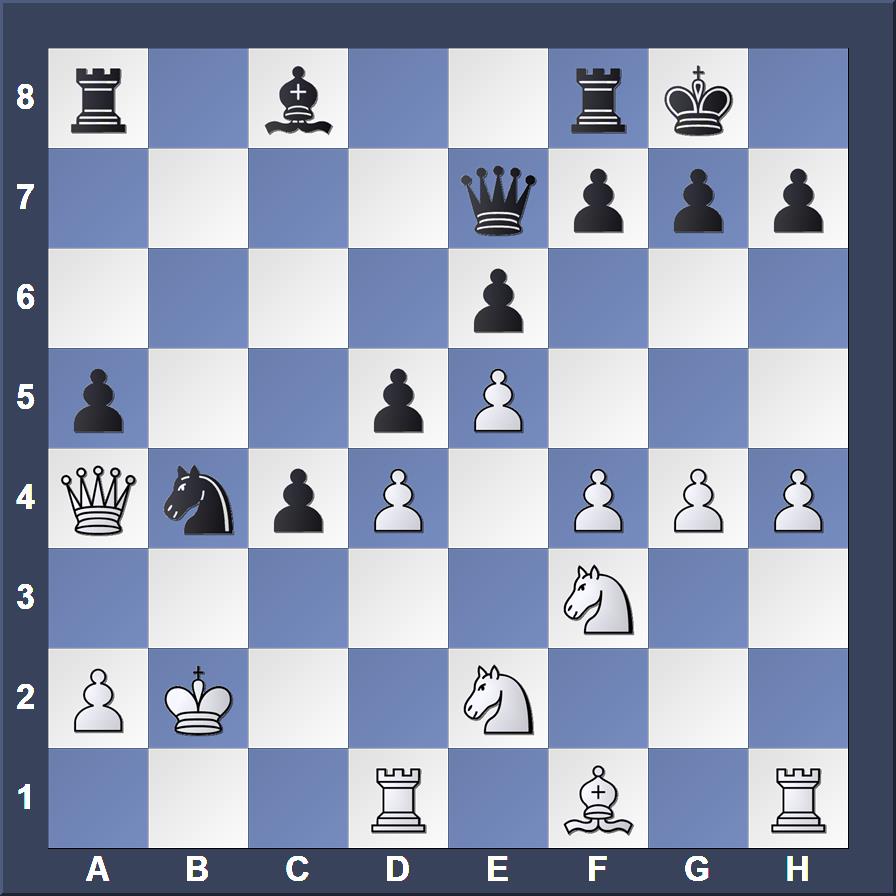Paleozoic tectonic evolution of the eastern Central Asian Orogenic
Por um escritor misterioso
Last updated 22 dezembro 2024

lt;p>The eastern Central Asian Orogenic Belt (CAOB) in NE China is a key area for investigating continental growth. However, the complexity of its Paleozoic geological history has meant that the tectonic development of this belt is not fully understood. NE China is composed of the Erguna and Jiamusi blocks in the northern and eastern parts and the Xing’an and Songliao-Xilinhot accretionary terranes in the central and southern parts. The Erguna and Jiamusi blocks have Precambrian basements with Siberia and Gondwana affinities, respectively. In contrast, the Xing’an and Songliao-Xilinhot accretionary terranes were formed via subduction and collision processes. These blocks and terranes were separated by the Xinlin-Xiguitu, Heilongjiang, Nenjiang, and Solonker oceans from north to south, and these oceans closed during the Cambrian (ca. 500 Ma), Late Silurian (ca. 420 Ma), early Late Carboniferous (ca. 320 Ma), and Late Permian to Middle Triassic (260–240 Ma), respectively, forming the Xinlin-Xiguitu, Mudanjiang-Yilan, Hegenshan-Heihe, Solonker-Linxi, and Changchun-Yanji suture zones. Two oceanic tectonic cycles took place in the eastern Paleo-Asian Ocean (PAO), namely, the Early Paleozoic cycle involving the Xinlin-Xiguitu and Heilongjiang oceans and the late Paleozoic cycle involving the Nenjiang-Solonker oceans. The Paleozoic tectonic pattern of the eastern CAOB generally shows structural features that trend east-west. The timing of accretion and collision events of the eastern CAOB during the Paleozoic youngs progressively from north to south. The branch ocean basins of the eastern PAO closed from west to east in a scissor-like manner. A bi-directional subduction regime dominated during the narrowing and closure process of the eastern PAO, which led to “soft collision” of tectonic units on each side, forming huge accretionary orogenic belts in central Asia.</p>

Full article: Reappraising the Early Palaeozoic tectonic framework of the Qinling orogenic belt: evidence from the magmatic records and evolution of interior tectonic units

Mesozoic Tectonothermal Evolution of the Southern Central Asian Orogenic Belt: Evidence from Apatite Fission-Track Thermochronology in Shalazha Mountain, Inner Mongolia

Tectonic Evolution of Southeast Central Asian Orogenic Belt: Evidence from Geochronological Data and Paleontology of the Early Paleozoic Deposits in Inner Mongolia

Crust and upper mantle electrical structure of the eastern Central Asian Orogenic Belt revealed by the MT line from Zhangwu County to East Ujimqin Banner, Earth, Planets and Space

Paleozoic tectonic evolution of the eastern Central Asian Orogenic Belt in NE China

The Early Cretaceous tectonic evolution of the southern Great Xing'an Range, northeastern China: new constraints from A2-type granite and monzodiorite

Central Asian Orogenic Belt - Wikipedia

Central Asian Orogenic Belt - Wikipedia

Paleozoic to Mesozoic micro-block tectonics in the eastern Central Asian Orogenic Belt: insights from magnetic and gravity anomalies,Gondwana Research - X-MOL

PDF) Neoproterozoic-middle Paleozoic tectono-magmatic evolution of the Gorny Altai terrane, northwest of the Central Asian Orogenic Belt: constraints from detrital zircon U-Pb and Hf-isotope studies
Recomendado para você
-
 CAOB dominador no Quilómetro Jovem22 dezembro 2024
CAOB dominador no Quilómetro Jovem22 dezembro 2024 -
 Axial Leads Aluminum Electrolytic Capacitors, Low Leakage22 dezembro 2024
Axial Leads Aluminum Electrolytic Capacitors, Low Leakage22 dezembro 2024 -
 Conta Brick Obsidiana Flocos 8mm CAOB-0522 dezembro 2024
Conta Brick Obsidiana Flocos 8mm CAOB-0522 dezembro 2024 -
 Stream C.A.O.B music Listen to songs, albums, playlists for free22 dezembro 2024
Stream C.A.O.B music Listen to songs, albums, playlists for free22 dezembro 2024 -
 Aircraft Photo of D-CAOB, Embraer EMB-120(ERF) Brasilia22 dezembro 2024
Aircraft Photo of D-CAOB, Embraer EMB-120(ERF) Brasilia22 dezembro 2024 -
Android Apps by Onitel - Líder em Ultravelocidade on Google Play22 dezembro 2024
-
NV 0010059013322 dezembro 2024
-
 SIARGAO Islands Sugba Lagoon – TheWanderKit22 dezembro 2024
SIARGAO Islands Sugba Lagoon – TheWanderKit22 dezembro 2024 -
 Clube de Atletismo de Óbidos presente na S. Silvestre da Batalha22 dezembro 2024
Clube de Atletismo de Óbidos presente na S. Silvestre da Batalha22 dezembro 2024 -
 Conta Indiana Obsidiana Flocos de Neve Feijãozinho 10mm CAOB-0122 dezembro 2024
Conta Indiana Obsidiana Flocos de Neve Feijãozinho 10mm CAOB-0122 dezembro 2024
você pode gostar
-
Far Cry 3 é refeito usando a Unreal Engine 5 e resultado impressiona22 dezembro 2024
-
Girls profile pic added a new photo. - Girls profile pic22 dezembro 2024
-
 Nokia lança nova versão do famoso 'tijolão22 dezembro 2024
Nokia lança nova versão do famoso 'tijolão22 dezembro 2024 -
 O FINAL QUE REVOLTOU MUITA GENTE! - Go Toubun no Hanayome (Mangá)22 dezembro 2024
O FINAL QUE REVOLTOU MUITA GENTE! - Go Toubun no Hanayome (Mangá)22 dezembro 2024 -
 Brick Hill Bh GIF - Brick Hill Bh Brick Hill Discord - Discover & Share GIFs22 dezembro 2024
Brick Hill Bh GIF - Brick Hill Bh Brick Hill Discord - Discover & Share GIFs22 dezembro 2024 -
 Vtech Little Apps Tablet Black Piano Educational Kid's22 dezembro 2024
Vtech Little Apps Tablet Black Piano Educational Kid's22 dezembro 2024 -
 anime dublado EP 1 kuro no shoukanshi22 dezembro 2024
anime dublado EP 1 kuro no shoukanshi22 dezembro 2024 -
.jpg) Sonic The Hedgehog 2 - ArcadeFlix22 dezembro 2024
Sonic The Hedgehog 2 - ArcadeFlix22 dezembro 2024 -
 Chess Skills: 201722 dezembro 2024
Chess Skills: 201722 dezembro 2024 -
Doll Avatar (Preppy) - Left Arm's Code & Price - RblxTrade22 dezembro 2024
